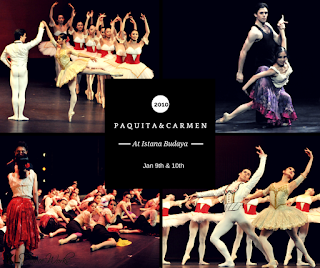Transformed in Transition: The Tari Inai of Kelantan

Introduction Tari Inai , a traditional folk dance form, is the case study through which this article will address generic issues in the process of transition and propagation. It intends to reveal unique challenges within the Malaysian environment and discuss the impact of these changes through the lens of gender representation. The dance has been practiced (it claims to date back to the 18th century) in a town called Pasir Mas in the north eastern state of Kelantan, Malaysia. Since 1991, Kelantan has been ruled by the fundamentalist Islamic party PAS that bans gaming, alcohol, cinema halls, unisex hair salons, public swimming pools, performing arts and other activities that are deemed ‘un-Islamic’. This includes the ban impacts upon females in theatre, music, and dance as teachers, students, and scholars. Ironically, Kelantan is one of the most culturally rich areas in Malaysia. This region is home to diverse performing arts which is a result of transnational migration, hyb...





